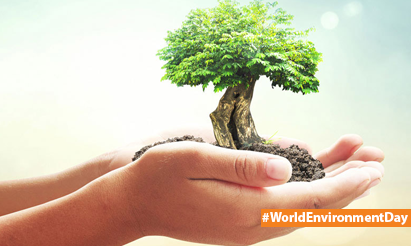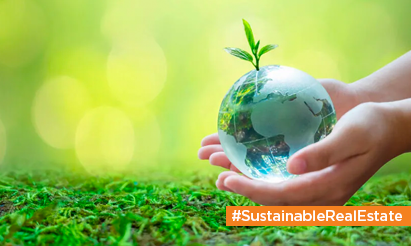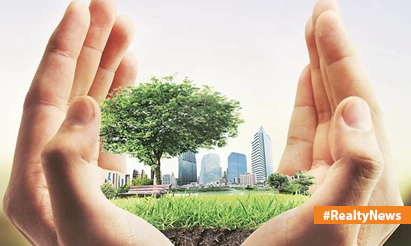Green Roofs: Nature’s Cooling Solution for Urban Environments!
The need for creative ways to manage urban heat islands and lower energy use is becoming more and more urgent as metropolitan areas continue to grow and temperatures increase worldwide. Green roofs, often referred to as living roofs or eco-roofs, are becoming more and more popular as an environmentally responsible solution to cool metropolitan areas. In this post, we’ll look at how green roofs are increasingly being used to reduce urban heat and promote sustainability.
Heat Islands in cities
The urban heat island effect, whereby metropolitan areas frequently have much higher temperatures than the nearby rural regions, was first observed. The availability of heat-absorbing surfaces like concrete and asphalt, as well as the concentration of habitation and infrastructure, are the main contributors to this rise in temperature.
Green Roofs: Their Function
Green roofs are surfaces covered with vegetation or rooftop gardens that replace conventional roofing materials. They are made up of many layers, including a waterproof covering, a growth medium, and several kinds of flora, such as grasses, shrubs, and even trees. These living roofs have various advantages for urban settings.
The vegetation atop green roofs acts as a natural insulator, bringing down the interior temperatures of the structures beneath. Additionally, the plants transpire moisture, which cools the air surrounding them by absorbing and releasing it. Green roofs minimize the demand for heating and air conditioning in the winter and summer, respectively, by regulating the temperature within buildings. Reduced energy use and greenhouse gas emissions result from this.
Green roofs serve as natural air filters, improving air quality by absorbing pollutants and particulates from the environment. They help to improve the air quality and can lessen the negative impacts of urban pollution on health. Green roofs generate mini-ecosystems in metropolitan settings that promote biodiversity by giving birds, insects, and even tiny animals a place to call home. They are an important resource for urban agriculture as well.
Green roofs absorb rainfall, lowering runoff and the chance of urban flooding. Stormwater management. In heavily populated places with little green space, this aids in stormwater management.
Worldwide Adoption
As cities look for environmentally friendly solutions to their problems with urban heat islands, green roofs have become more and more popular. Numerous green roof initiatives have been put in place in cities like Singapore, Copenhagen, and Toronto to encourage property owners to use green roofing techniques. These programs aid these cities in reducing temperature increases and improving their general sustainability.
Green roofs are demonstrating that they are a viable and sustainable way to cool down metropolitan areas and encourage environmental care, not simply a passing fad. Green roofs are a workable solution for mitigating the urban heat island effect, lowering energy use, and enhancing the overall quality of life for city residents as climate change continues to present difficulties to urban areas. In the quest to develop future urban settings that are healthier and more sustainable, the widespread adoption of green roofs might be a game-changer.
Disclaimer: The views expressed above are for informational purposes only based on industry reports and related news stories. PropertyPistol does not guarantee the accuracy, completeness, or reliability of the information and shall not be held responsible for any action taken based on the published information.




